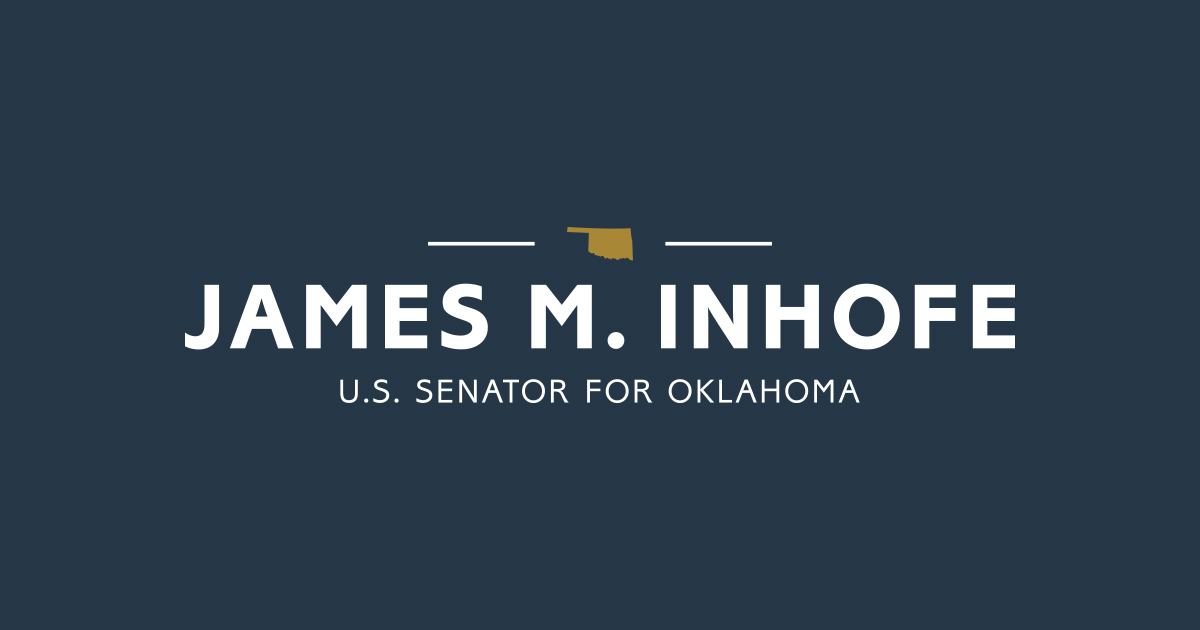Source: United States Senator for Oklahoma James Inhofe
Today, U.S. Sen. Jim Inhofe (R-Okla.), ranking member of the Senate Armed Services Committee (SASC), questioned Ellen M. Lord, former Under Secretary of Defense for Acquisition and Sustainment, about how inflation is hampering U.S. military preparedness and how the situation in Ukraine has highlighted serious challenges with our munitions supply chain.
Inhofe: Thank you, Mr. Chairman. I think we covered that pretty well. Ms. Lord, in terms of the inflation and the effect that it has — and a lot of people don’t really understand that — is there anything after the comments that were made by Mr. Berteau that you’d want to add on that particular issue?
Lord: I would just quickly say, Senator, that I think we have two huge challenges. One is embracing risk and the other is moving more quickly. So, there are an enormous number of authorities that the Congress has given DOD over the past five years or so to more rapidly acquire to get capability down range into warfighters’ hands.
Those have been translated to both policy and implementation guidance. However, it takes strong leadership to encourage the department to use those to be able to move more quickly. So, the tools are there, but I believe the leadership is required to hold the department accountable for showing how they’re using other transaction authorities, middle tier of acquisition, and these other things.
Inhofe: OK, that’s good. One of my major concerns is key munitions. I would ask you, Ms. Lord: What has the experience of supplying munitions to Ukraine highlighted about our munitions supply chain? Can you specifically explain the challenges of Stinger missile production, and what more should be done to shore up this production line, and what other investments in our munitions industrial base are warranted to ensure this does not happen again?
Lord: Thank you, Senator. The Stinger, which is a ground-air-launched missile, shoulder-launched, which we have sent, probably, given public domain information, a quarter of our stocks to Ukraine on, is an issue where we cannot, within the next couple of years, produce more because we have a problem with the government not paying to maintain production capacity.
When that happens, you have test equipment become obsolete and not work. You have supply chains with links broken in them and especially if we had key elements to that supply chain supplied by now-adversarial countries, we have to reconstitute that. We have a challenge in proactively planning to be able to produce these key weapons. Even with the Javelin, which we do have a hot production line right now, we are still five years out to probably developing all the munitions we need. So, I think the real issue here is how do we make sure that we have a resilient supply chain to be able to produce the munitions we need as a nation and also for our partners and allies.
There are a couple of answers to that, and one, I would say, is to begin to think about our releasability and exportability regulations. We have been very, very conservative with what we allow our closest allies to receive in terms of technical information and manufacturing capability. We know that we do not have enough munitions — they end up being the bill payer usually — and we could look at countries like Australia that have capacity, that have throughput, that have the budget to develop indigenous capability and work more closely with them to make sure we have the munitions we need and our allies and partners do as well.
Inhofe: Do you think that we might be criticized for, maybe, holding too much from some of our allies?
Lord: Absolutely. General Hyten — retired General Hyten — and I used to co-chair quite a few committees, and we would lament this. I think there has to be a demand signal from Congress to, not only DOD, but State Department, to say that we need to be a little bit more pragmatic about the three, four levels of technology innovation behind where we are now that we are still not exporting. Huge opportunity there to make up some of these shortfalls, leveraging other’s manufacturing capabilities.
Inhofe: Very good. Thank you, Mr. Chairman.
